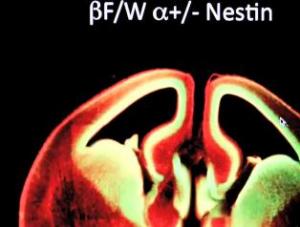An Introduction by Tom Engelhardt:Hardly less startling than finding herself with breast cancer was Barbara Ehrenreich's discovery of the "pink ribbon culture," of, that is, the enforced cheerfulness and positive thinking that accompanied it (and the teddy bears and "cornucopia of pink-ribbon-themed breast cancer products" which went with that). Back in 2001, she wrote a fierce, wonderful piece for
Harper's Magazine,
"Welcome to Cancerland," about her experience, and what to do with anger when it's equated with "negativity," and so ill health. (A fine accompaniment for Ehrenreich on this subject would be
Ordinary Life, Kathlyn Conway's memoir of surviving cancer with plenty of anger and not the slightest belief in that disease's transformative possibilities.)
Ehrenreich's work is invariably bracing, to say the least -- in part because she's a superb writer, in part because, as in her bestselling book
Nickeled and Dimed and other works like
Fear of Falling, she has a way of nailing the essential
insecurity of life in a corporate/work world that has no pity to offer (but oodles of "positive thinking"). She's always had a wicked tendency to enter worlds, turn them upside down, and report back, as she did recently for the
New York Times in a
four-part series on poverty in post-meltdown America.
The rites of positive-thinking and the extravagant promises of better health and well-being which are inseparable from them, she
soon discovered, were hardly confined to the world of cancer patients. In the ensuing years, she stumbled upon a multitude of worlds central to our lives -- from megachurches to mega-corporations -- in which an ideology of positive thinking ruled the roost. Of course, until the fall of 2008, we were also living through a gusher of positive thinking about an economy that -- so it was firmly believed -- could never go south.
As this piece is posted, Ehrenreich's newest book,
Bright-Sided: How the Relentless Promotion of Positive Thinking Has Undermined America, is just being published. A full-scale report on the cult of positive thinking in America, its anti-Calvinist roots and present "successes," it represents Ehrenreich at her best. It's hard to read without wondering whether this country isn't, in many ways, just a giant con game run by spielmeisters, touters, and flim-flam artists.
